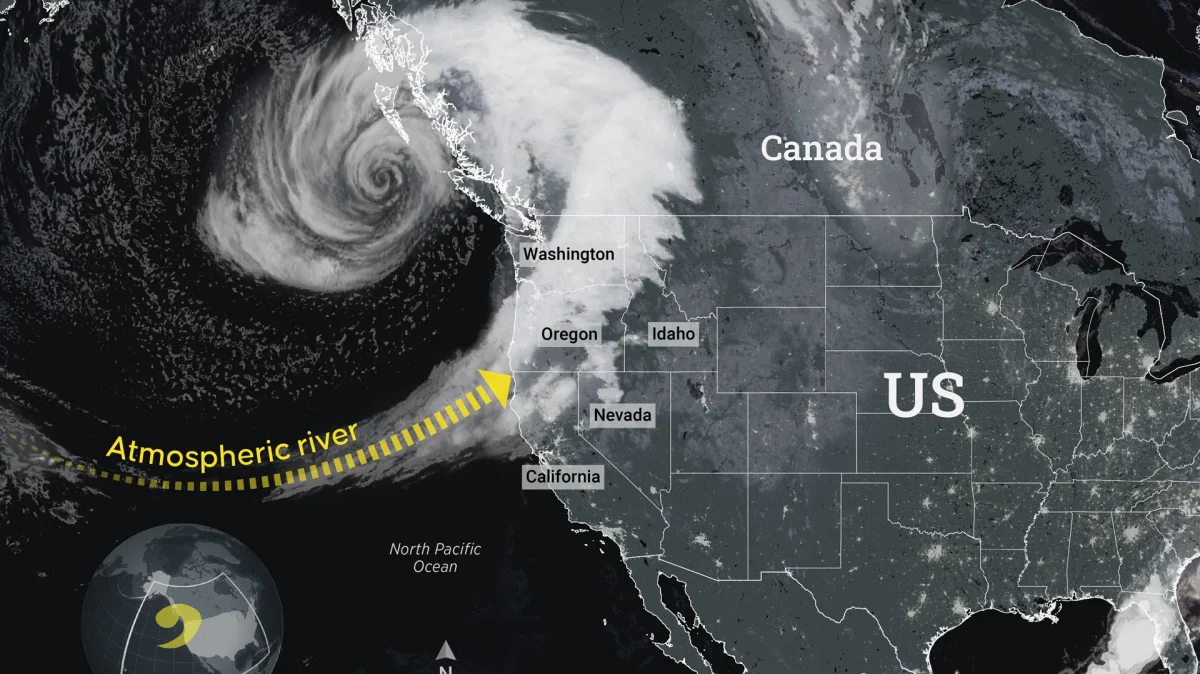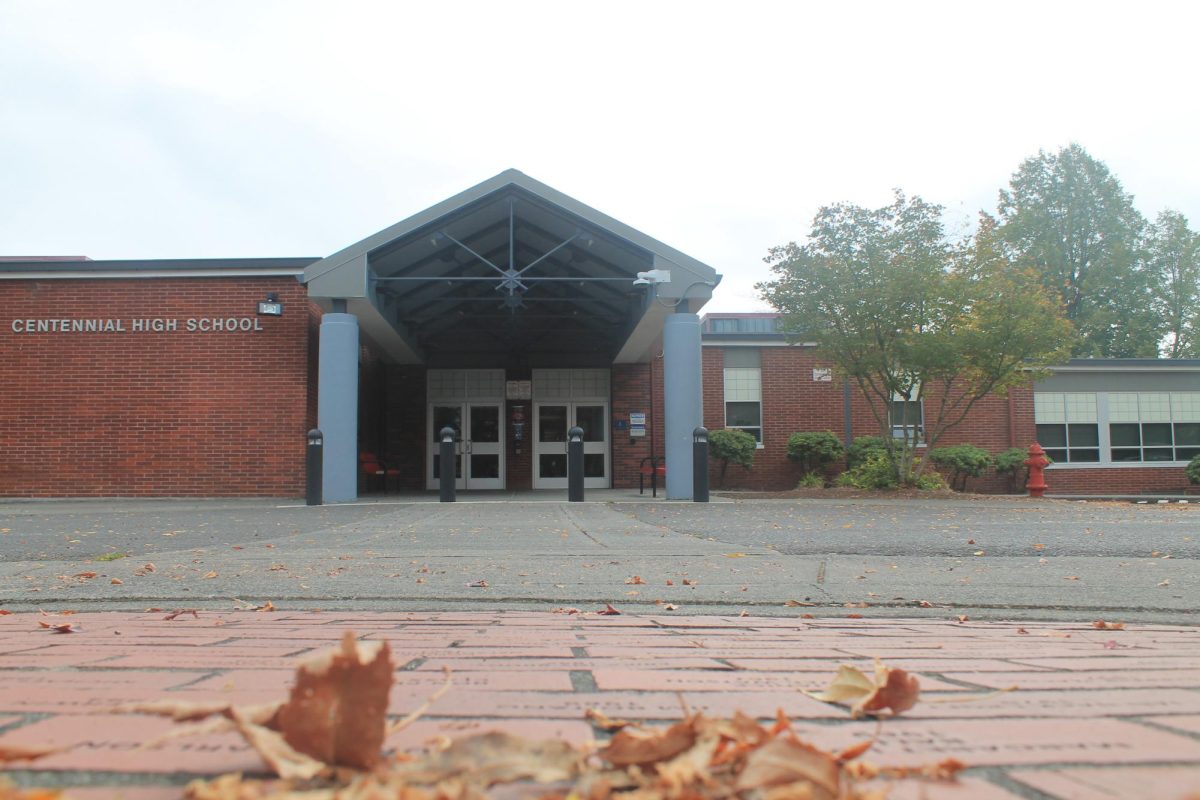Chaos recently in Oregon as a bomb cyclone hit the Northwest of Oregon and it’s wreaking havoc. Unlike a regular cyclone, a bomb cyclone’s atmospheric pressure drops significantly causing it to intensify in a small time period. When this happens, the storm can bring crazy weather like heavy rain, snow, and strong winds reaching 85mph.
In recent years, the intensity of bomb cyclones have raised concerns among scientists about the potential impact of climate change on extreme weather events. Warmer ocean temperatures and shifting atmospheric conditions may cause the formation of powerful storms like hurricanes and cyclones. Because of this, researchers have been analyzing this nonstop to better understand what climate change has to do with the severity of the storms they may occur in the future.
In Oregon, the bomb cyclone has left many without power for quite a while. Due to the strong winds, trees fell and powerlines came crashing to the ground making it dangerous to drive. Trees falling down has caused many damages to homes, roads, and vehicles. 2 individuals were also killed after a tree had fallen during different times of the same day. Emergency services were overwhelmed with all the chaos that the cyclone had left.
The cyclone also brought snow upon Oregon and messed up transportation.The intensity of the cyclone made going outside a deathwish. The combination of the strong winds and snow made the temperature so unbearable that authorities warned people to stay inside to avoid getting hypothermia or frostbite. It was also hard for people to get around because of poor visibility and snow covered roads and highways. Public transportation was also affected with many routes being canceled.
The recent bomb cyclone showed how unpredictable weather can be and why it’s important to be ready for any harsh sudden weather changes. With climate change, it’s possible for more storms like this to happen again. Some individuals recommended that we should invest in better emergency response systems and public awareness to be ready for any future storms. With a better emergency response system and understanding these storms it’s possible that we can better deal with their impacts when another storm approaches in the future.













